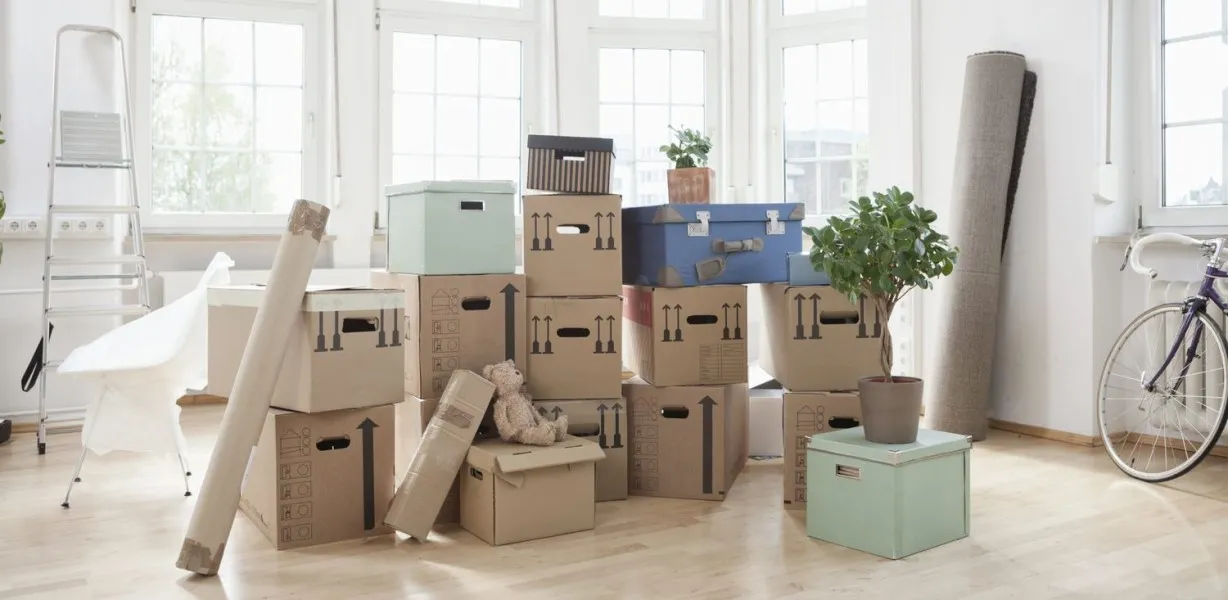Top 10 Tips for Packing Your Belongings Before a Move
Moving to a new home can be an exciting yet challenging experience. Proper packing is essential to ensure your belongings reach their destination safely and efficiently. To make your move smoother, we have compiled the best tips for packing your belongings in a well-organized manner.

1. Start Packing Early
One of the biggest mistakes people make is waiting until the last minute to start packing. To avoid unnecessary stress, begin packing at least four to six weeks before your moving date. Create a detailed packing schedule and tackle one room at a time.
2. Declutter Before You Pack
Before packing, take the time to sort through your belongings and get rid of items you no longer need. Donate, sell, or discard unnecessary items to minimize the number of things you have to pack. This will save you time, space, and effort when moving.
3. Gather High-Quality Packing Supplies
Investing in sturdy boxes, packing tape, bubble wrap, and protective padding is essential for keeping your belongings secure. Use different-sized boxes for various items and make sure to have markers and labels for easy identification.
Essential Packing Materials:
-
Strong cardboard boxes of various sizes
-
Packing tape to seal boxes securely
-
Bubble wrap for fragile items
-
Packing paper to wrap dishes and delicate items
-
Markers and labels to identify contents
-
Furniture covers to protect large items
4. Pack Room by Room
Packing systematically helps prevent confusion when unpacking. Label each box clearly with the room it belongs to and a brief description of its contents. This will make the unpacking process much easier in your new home.
5. Use Proper Packing Techniques
Using the right packing techniques can prevent damage to your belongings. Follow these guidelines for different items:
Clothes:
-
Use wardrobe boxes for hanging clothes.
-
Fold and pack seasonal clothes in vacuum-sealed bags to save space.
Fragile Items:
-
Wrap glassware, dishes, and other breakables in bubble wrap and packing paper.
-
Place heavier items at the bottom and lighter items on top.
-
Use dividers for stemware and plates to prevent breakage.
Electronics:
-
If possible, pack electronics in their original boxes.
-
Wrap screens and monitors with anti-static bubble wrap.
-
Label cables and pack them in resealable bags to avoid tangling.
Books and Documents:
-
Pack books in small boxes to avoid making them too heavy.
-
Use file boxes to store important documents and label them clearly.
6. Seal and Label Boxes Properly
After packing a box, seal it securely with strong packing tape. Clearly label each box with the room it belongs to and its contents. For fragile items, mark boxes with “FRAGILE” and use arrows to indicate which side should remain upright.
7. Pack an Essentials Box
Set aside a box with essential items you will need immediately after moving. This should include:
-
Toiletries (soap, toothbrush, toothpaste, toilet paper)
-
A change of clothes
-
Basic kitchen items (plates, cutlery, snacks, bottled water)
-
Chargers for electronic devices
-
Important documents and medications
8. Disassemble Furniture for Easy Transport
If possible, disassemble furniture before moving to save space and make transportation easier. Keep all screws and small parts in labeled plastic bags and tape them to the corresponding furniture piece.
9. Load the Moving Truck Strategically
When loading the moving truck, place heavier items like furniture and appliances first. Stack boxes strategically, keeping fragile items on top. Ensure everything is securely fastened to prevent shifting during transit.
10. Hire Professional Movers If Needed
If you have heavy or valuable items, consider hiring professional movers. They have the expertise and equipment to transport your belongings safely and efficiently.
Conclusion:
Packing efficiently before a move requires careful planning, organization, and the right materials. By following these top tips, you can ensure a smooth and stress-free relocation.
| Network : |








